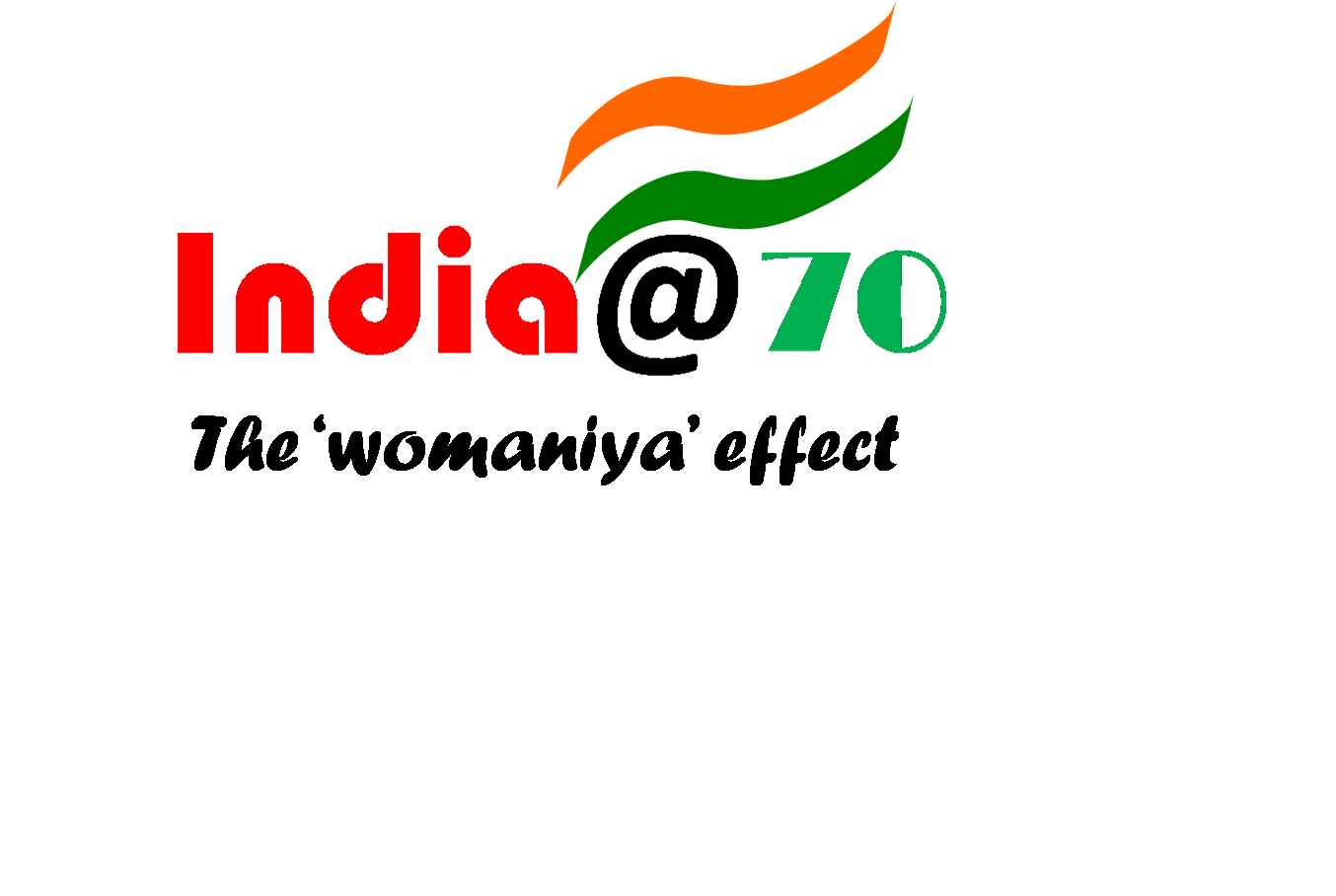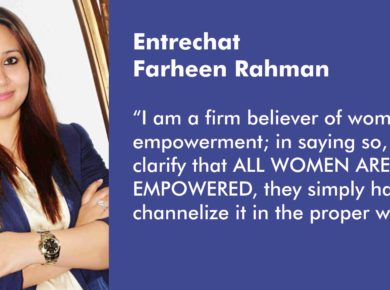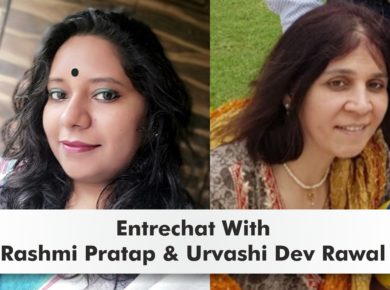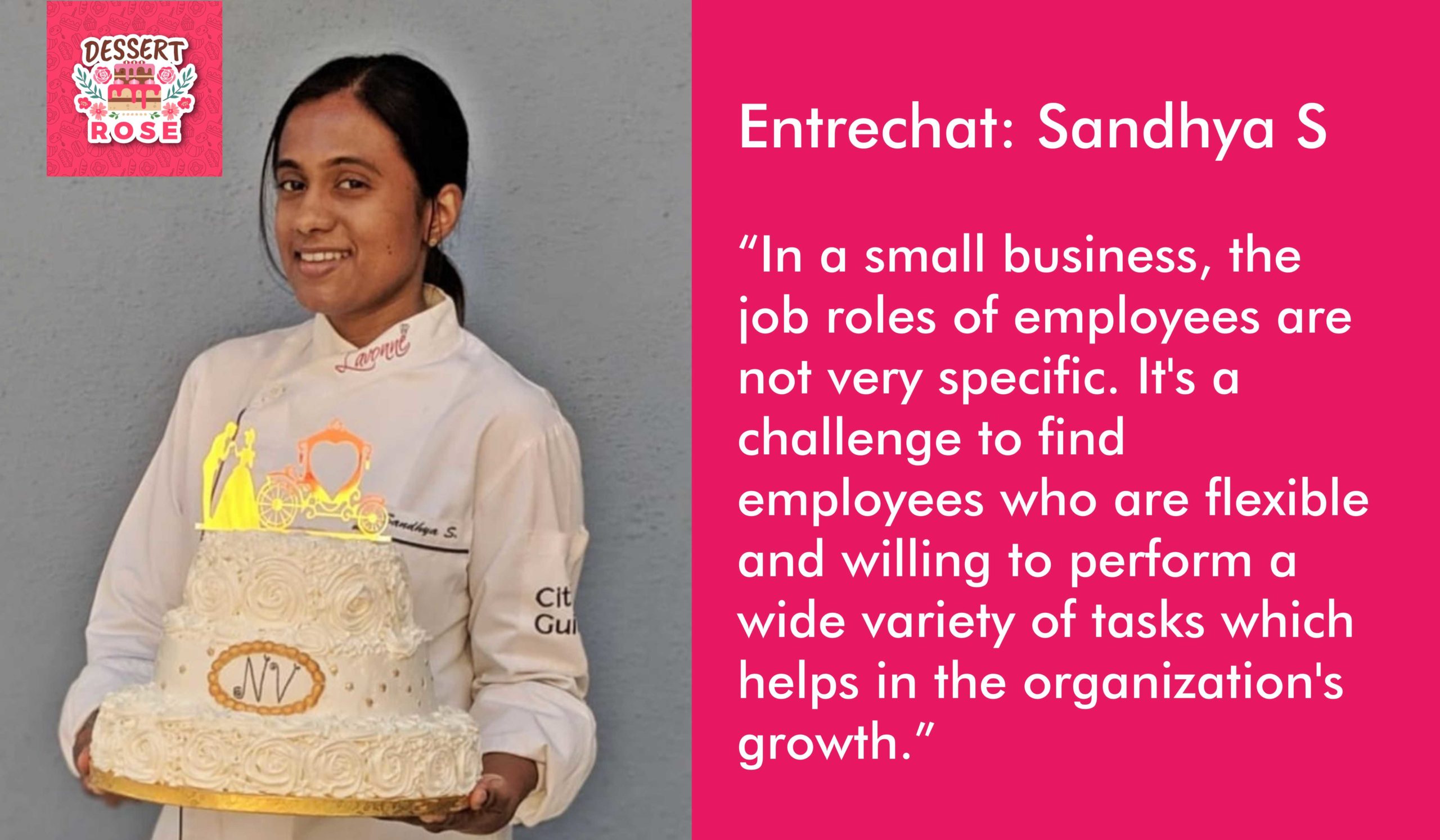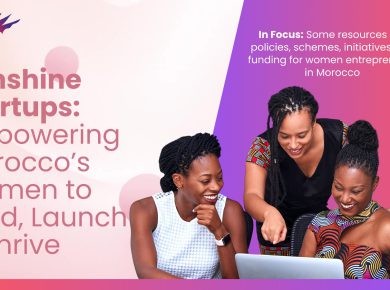During the 2014 elections, speculations were high about the key demand of “freedom without fear” for women – how it would be affected if Mr Modi became Prime Minister.
We are wiser now. In his first speech, after he swept into the role and donned the mantle of PM, Narendra Modi insisted that India’s Parliament must protect women. He urged politicians to work together to protect women. “Governments will have to work strictly against this, else our own souls will not forgive us,” Modi said and went on to add, “Respect for women, their security – it should be the priority for all 1.2 billion people.”
Tracing the journey of women at a point when India turns 70, we do note positive changes.
Women came into the spotlight at the 2016 Olympics. We read about how “India’s female Olympic athletes lifted a nation’s spirits”, as a leading daily put it. As a first, female wrestler Sakshi Malik earned India the country’s first medal of the 2016 RioOlympics with a third-place smooth finish. PV Sindhu becomes first Indian woman to win an Olympic silver medal, creating history with a stunning display of talent, power and grace. In fact, PV Sindhu had taken Indian badminton, the country’s high-performing sport, many notches higher.
But, these two weren’t alone. Dipa Karmakar did miss out on a medal but won over all Indians, who were cheering for her with her performance in the gymnastics contest – coming fourth in the individual vault final. Her colleague Lalita Babar became the first Indian woman to qualify for an individual Olympic track event final since 1984. Another shining star in her field: Aditi Ashok, an 18-year-old from the city of Bengaluru, the youngest contender in the women’s golf contest again came into the spotlight.
The successes of these women, have won them the adulation of millions and turned the focus on the challenges they overcame to make it to Rio in the first place.
That was not the end of the story. The Indian Women’s Cricket team came onto the centre stage in July 2017, grabbing the attention of India. In a thrilling win, the Indian women’s cricket team entered the semi finals. But, in the finals even though it was the team from England, who beat India by nine runs to win the World Cup, praises were heaped on the Indian women’s team at the very place that not so long ago shunned female players. Lord’s at London, referred to as the Holy Grail or Home of Cricket, drew a full house for the exciting game — another breakthrough in a women’s tournament!
As in sports, women have been making waves in business too. Today, women play pivotal role in management. They are not only educated, talented, confident, ambitious and career-oriented but they expertly juggle all tasks, achieving a perfect balance between professional and personal life.
Today, with their multitasking ability, women entrepreneurs can certainly initiate, organize, plan and operate their business ventures (however big or small) efficiently. Confirming this, someone has said that “the woman who is creative finds greater freedom to translate her creativity and ideas when she has her own enterprise. For those who are highly professional qualifications and those who are from a lower economic sector, entrepreneurship is a means of earning money and contributing to the family income. However the challenge for the larger sections of women in India lies in crossing the threshold, overcoming barriers and discovering their own potential and identity. The climate is more conductive today and time is right.”
So, we have seen women branching out and starting their own business ventures, which have been making a mark in the business scenario.
Empowering women, improving their representation and participation in all walks of life, specially in the male-dominated world of business, is critical to demonstrate that women have the power to choose and define themselves. When female leaders globally get engaged more jobs are created. When they get involved in literacy, poverty eradication, healthcare, childcare, welfare support, family crisis centers support, women’s refuges, reforms in laws – things can lead only in one direction – to get better!
Yes, the world is a better place when women have the power to lead! Three cheers to ‘womaniya’ power!!
